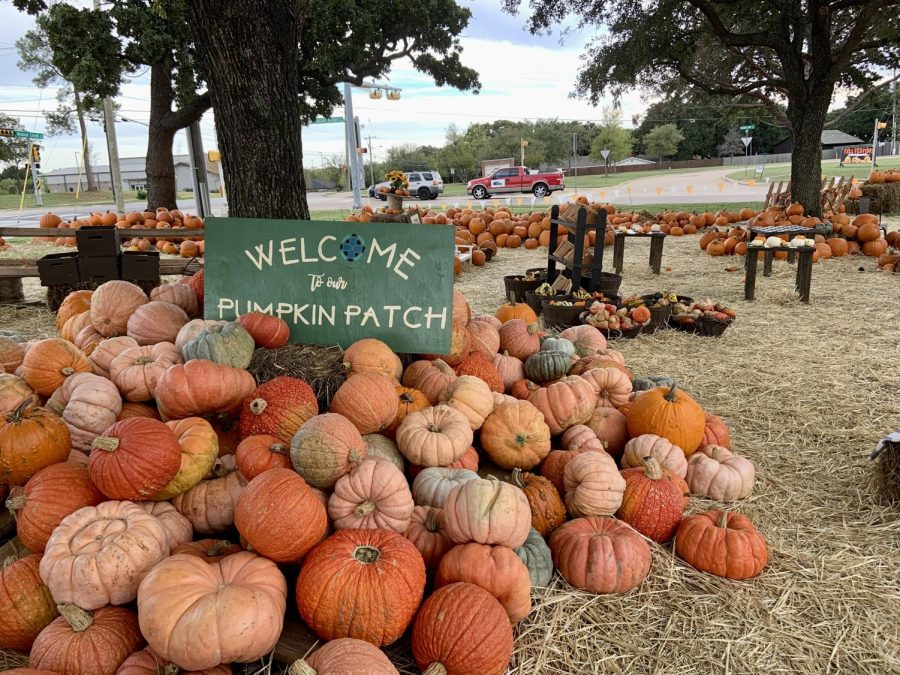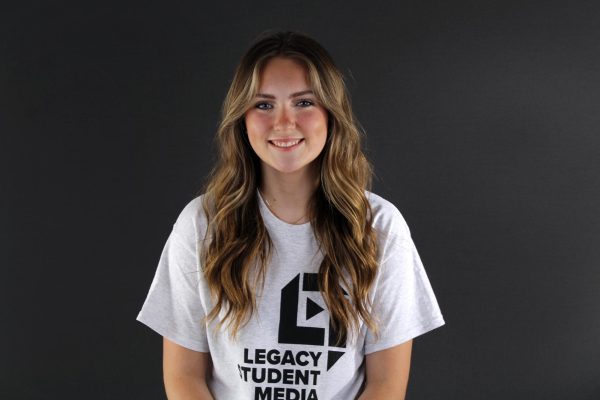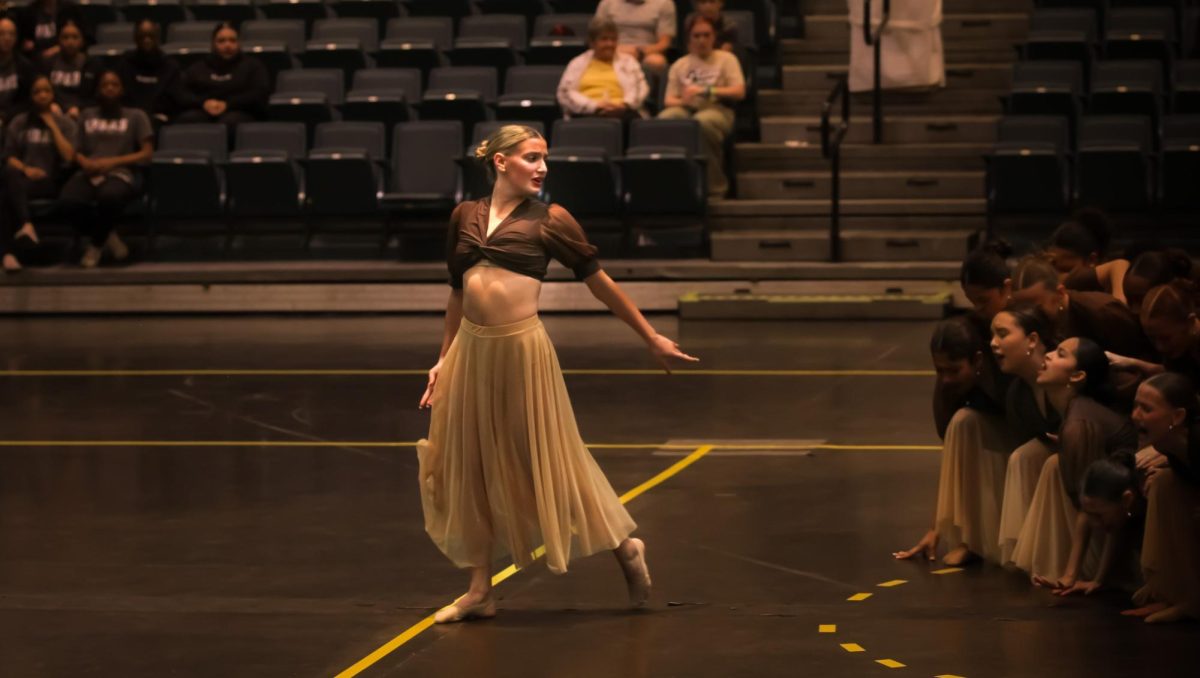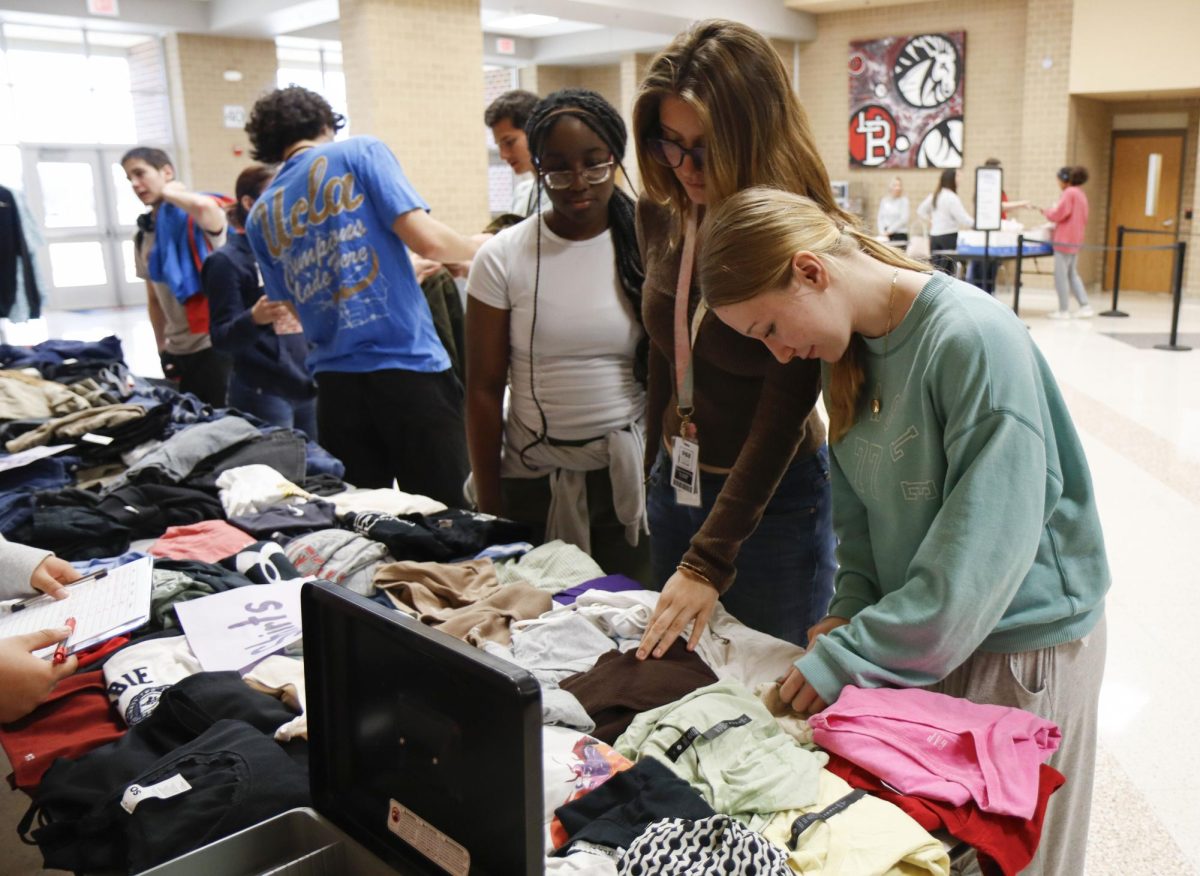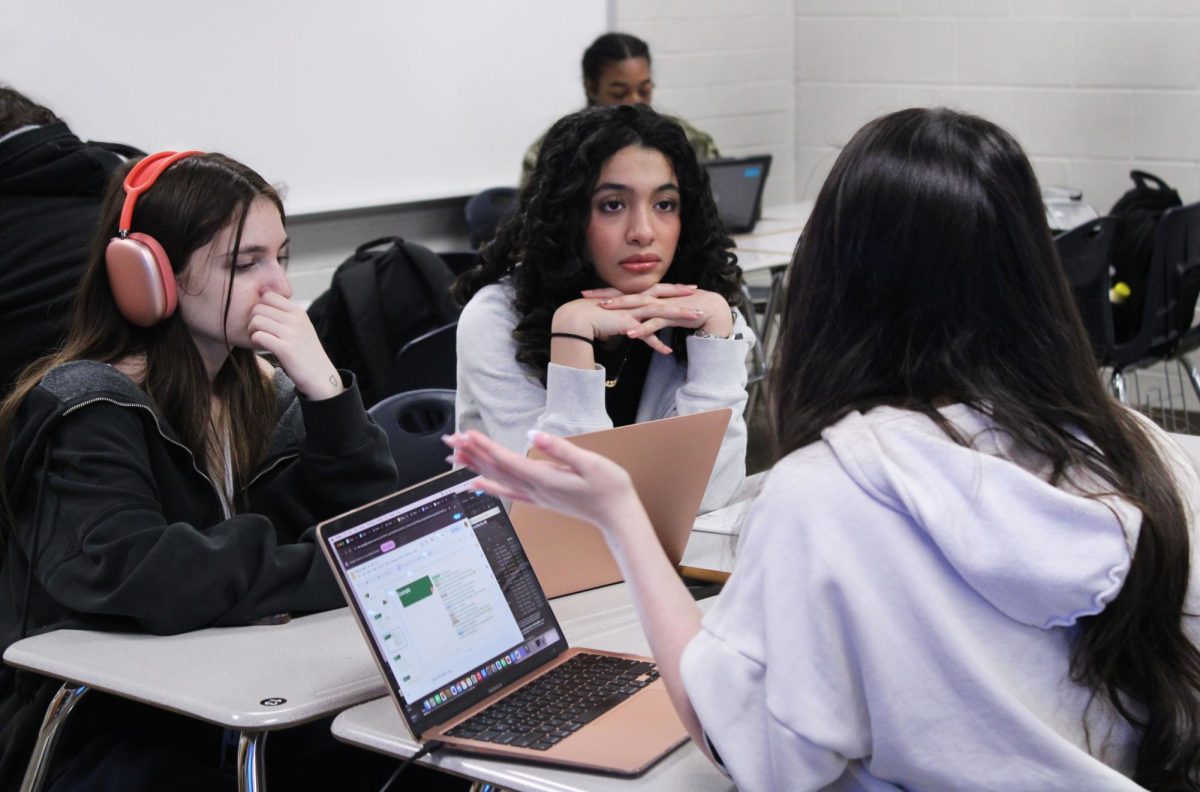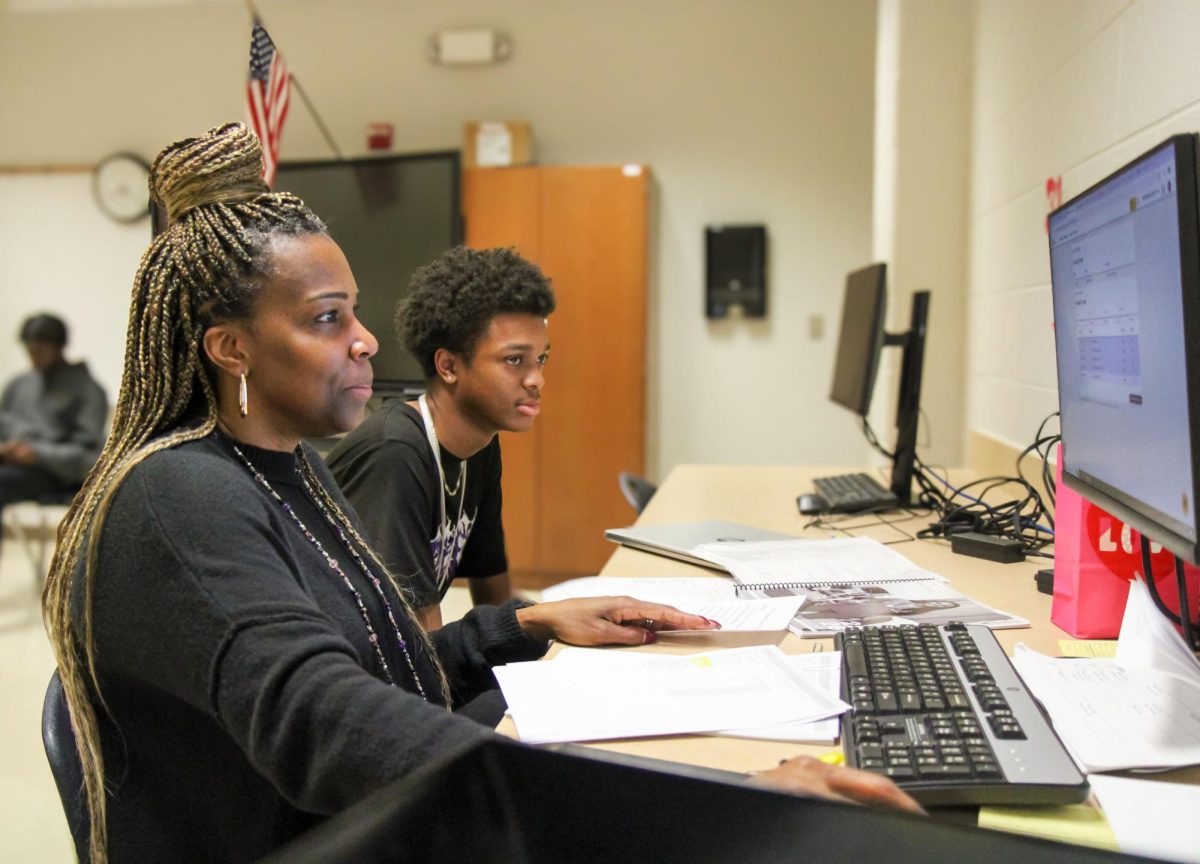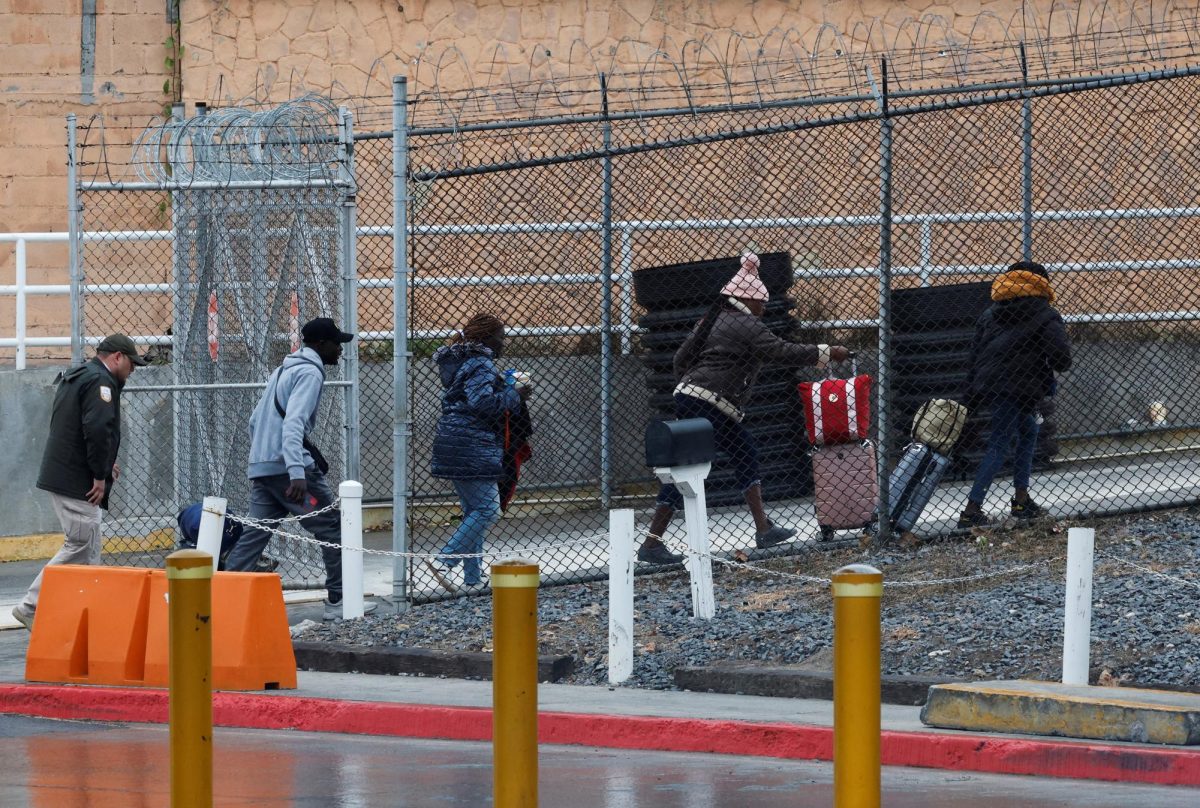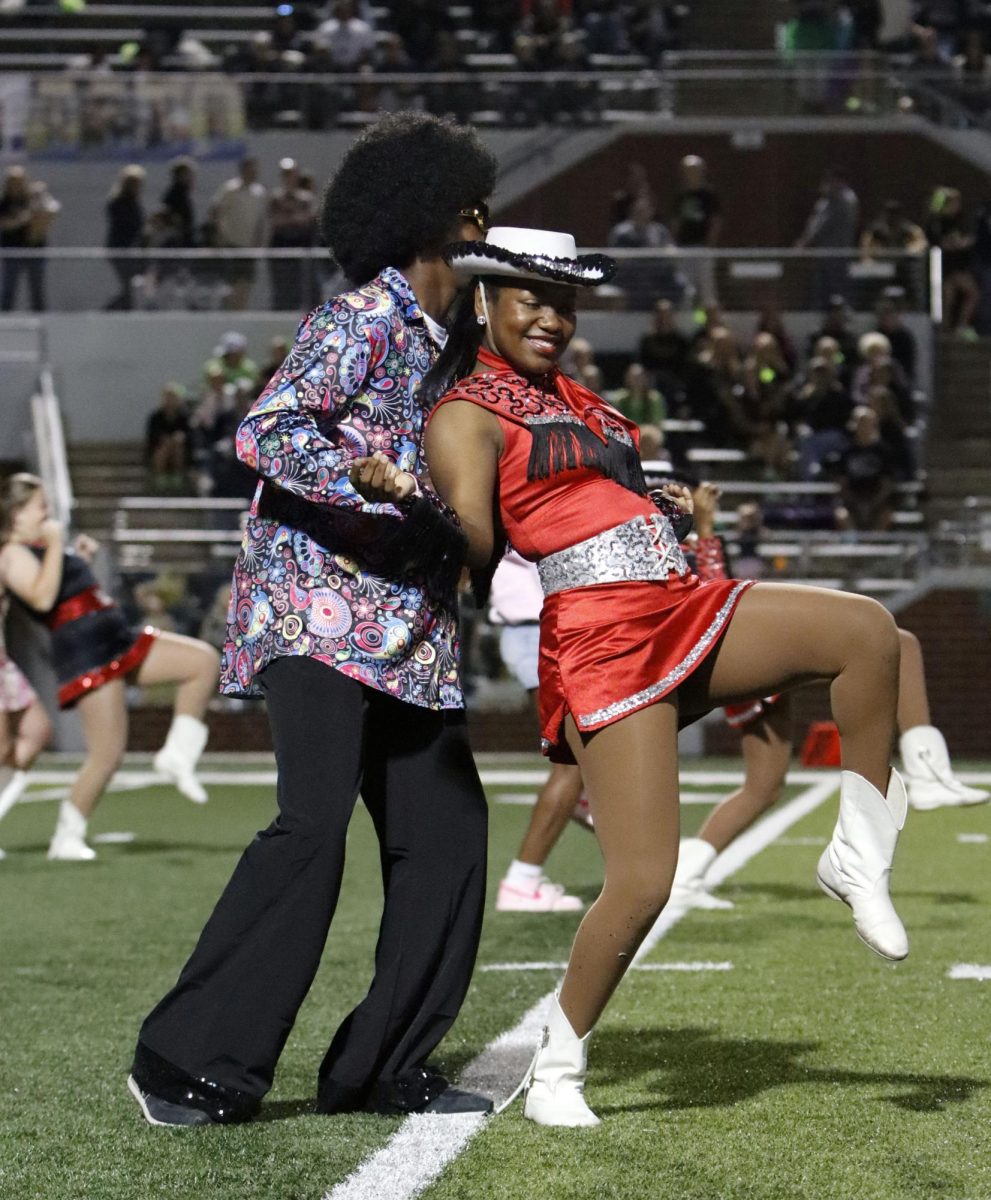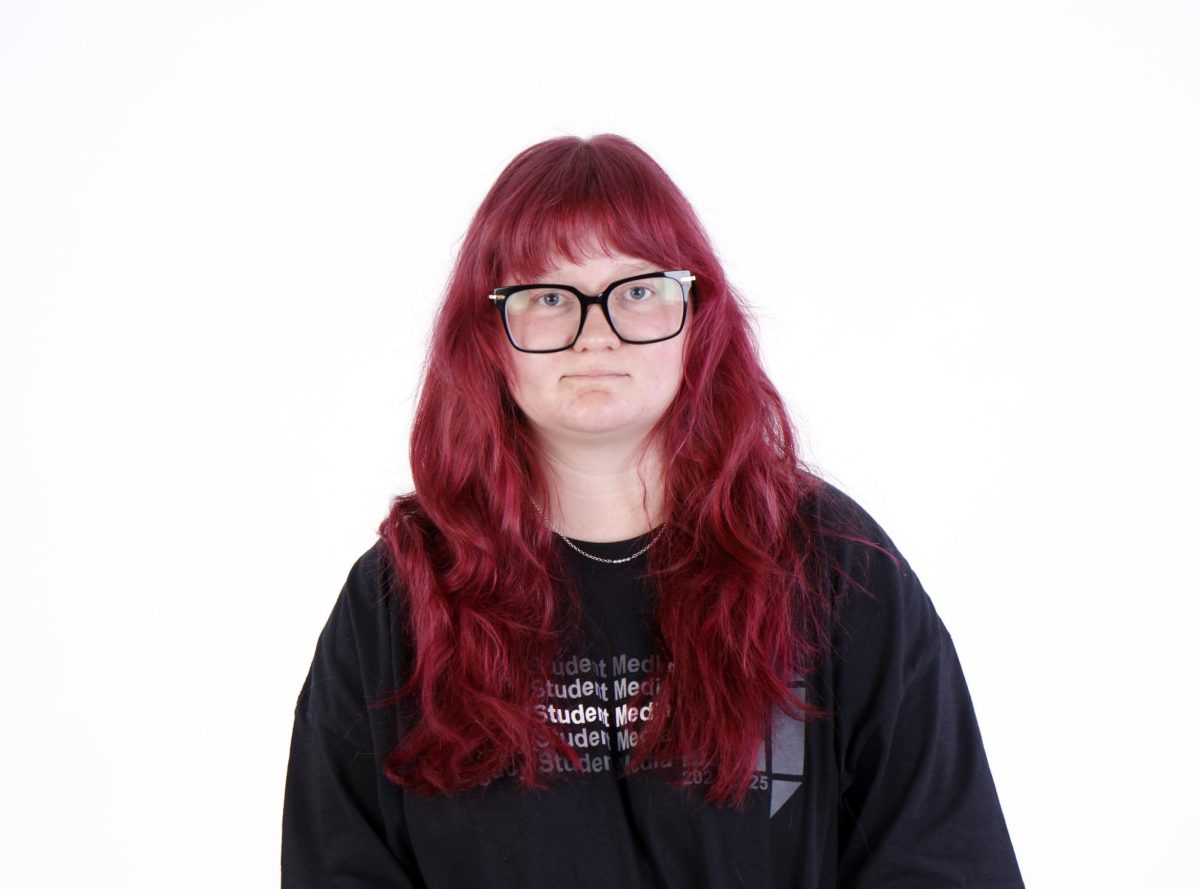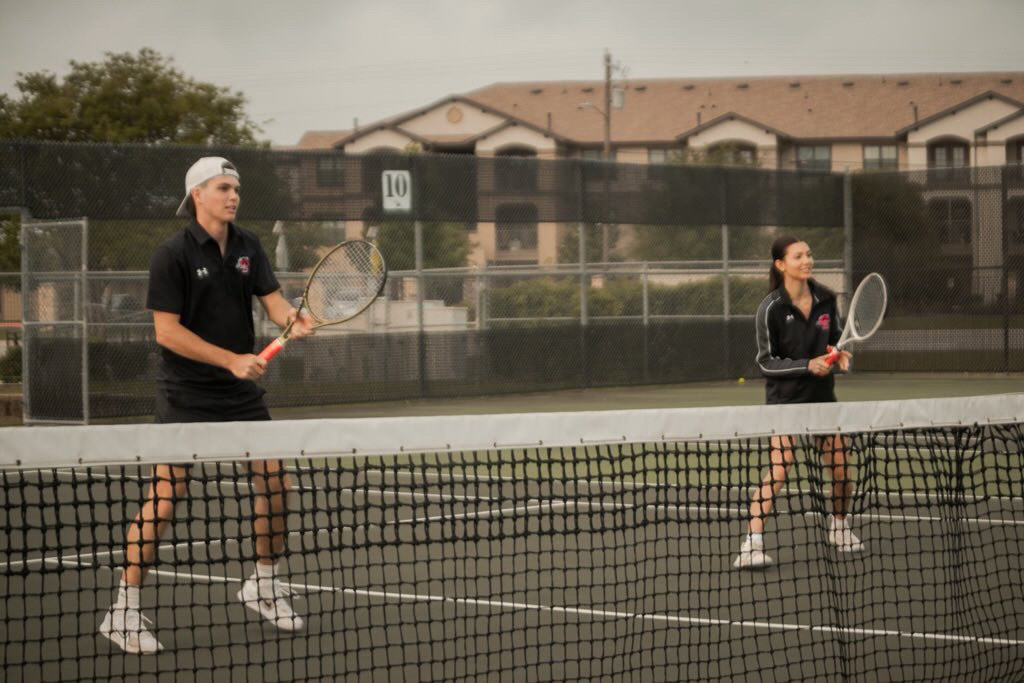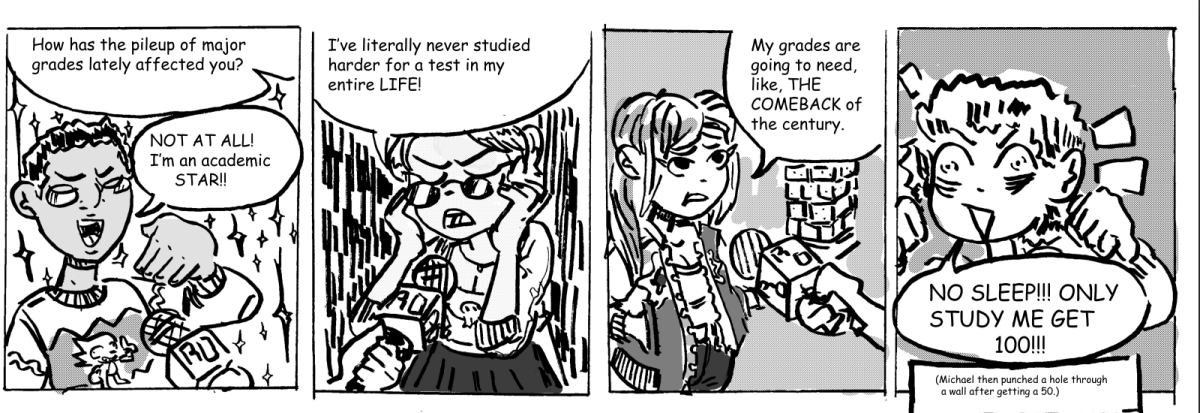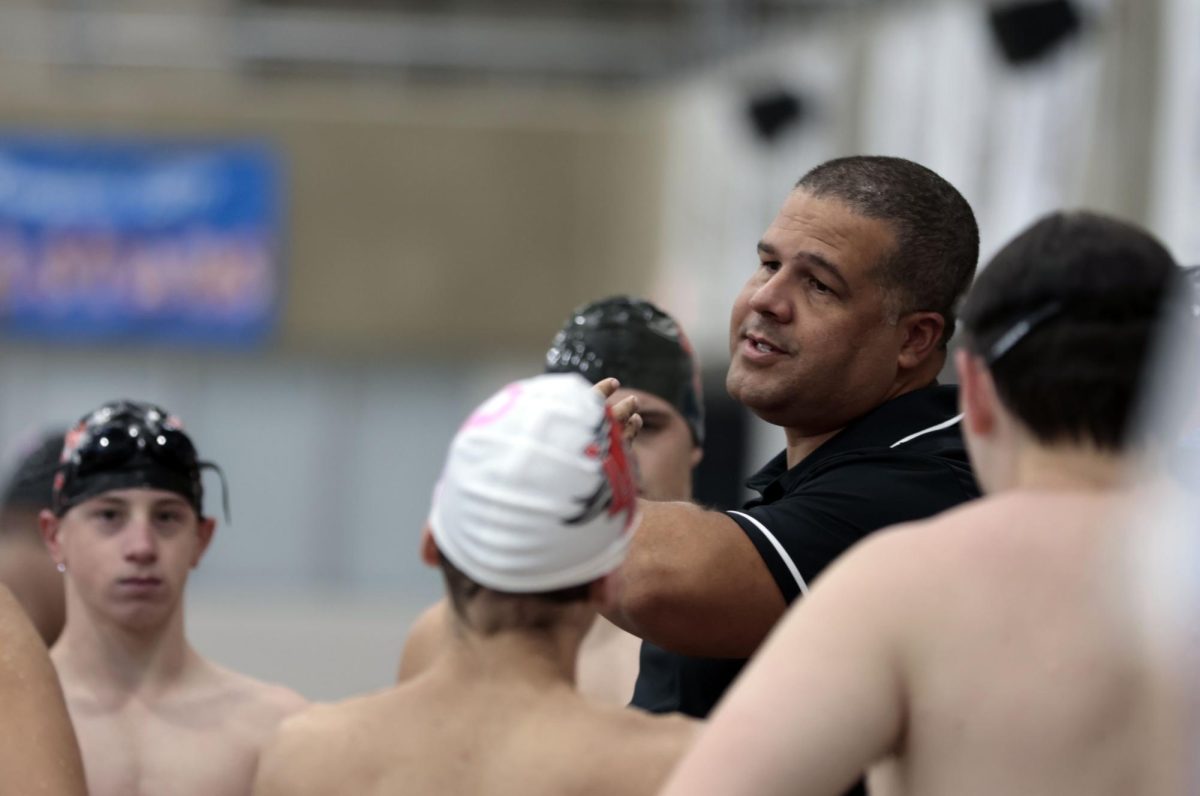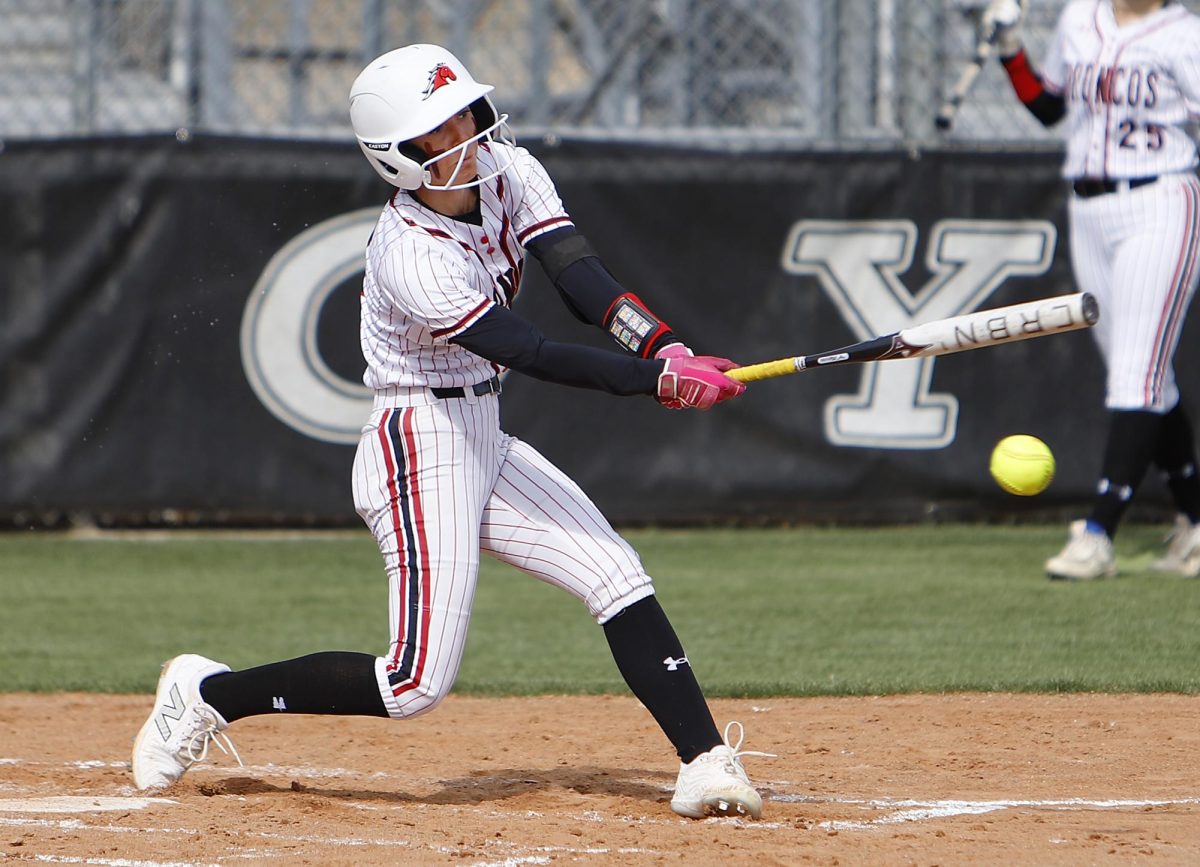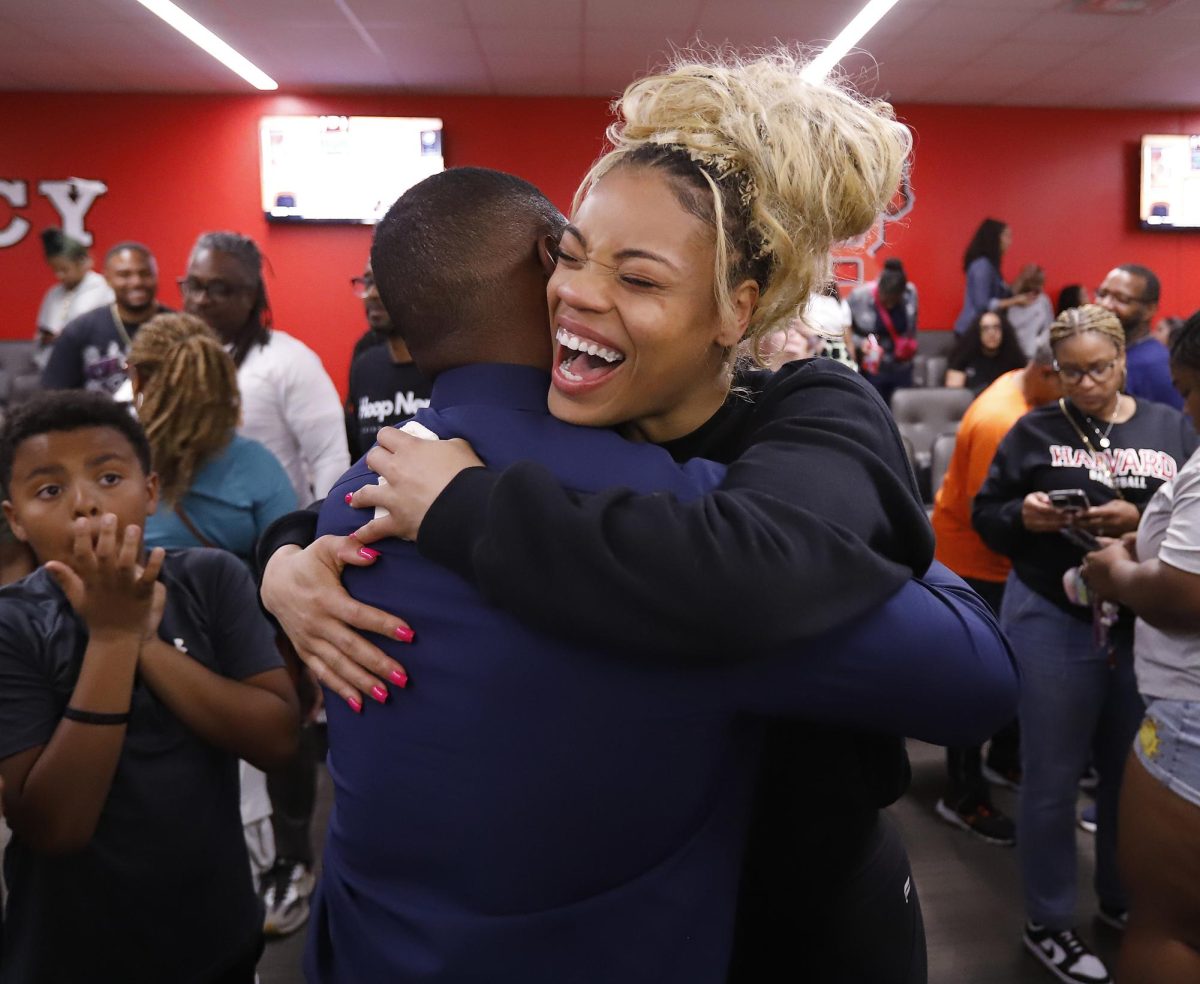After a delay in shipments, an eighteen-wheeler full of pumpkins arrived in First Methodist Mansfield Church’s parking lot on Sept. 29. Every year the church runs the patch through Halloween to earn money for mission projects the next summer. This year marks the eleventh annual pumpkin patch. Andrew Hudson helps coordinate and run the pumpkin patch.
“All of the money we raise goes back into the community through local mission projects,” Hudson said. “We do our best to create an atmosphere that families from all over town, whether they are a part of our church or not, can come and have fun, make memories and feel loved.”
The church receives two shipments of over 7,000 pumpkins in total. The patch is open for visitors every day until 7 p.m., ending on Halloween night.
“The ultimate goal of our pumpkin patch is to provide a service to our community,” Hudson said.
In addition to providing picture opportunities and pumpkins, the patch is a source of community service for many students in the area. On the day of the first delivery, students, including members of the soccer team, came to help and sign off on service hours. Kaitly Keel, Anas Matter, Angel Pacheco and Dominique Thiele helped unload over 2,000 pumpkins.
“My soccer coach invited us to help out,” Thiele said. “It was a great feeling, knowing everybody is working as hard as you.”
The majority of the proceeds go to the church’s United Mission Week. The mission week involves hundreds of students and adult volunteers spending a week going to different parts of the community to complete a variety of service projects.
“For five days we serve together, eat together and worship God together,” Hudson said. “There is nothing more powerful than watching young people sacrifice a week out of their summer to be the hands and feet of Jesus Christ in the Mansfield community.”
The pumpkin patch is located on 777 N Walnut Creek Dr. There are large pumpkins, specialty pumpkins, white pumpkins, mini pumpkins and a variety of gourds. The leftovers are donated to local farmers to feed their livestock.
“Whether they actually buy a pumpkin becomes secondary because we have created a place where families can come and make memories that will live on for the rest of their lives,” Hudson said. “That’s success to me, the fact that we were a catalyst for a loving memory to form.”



